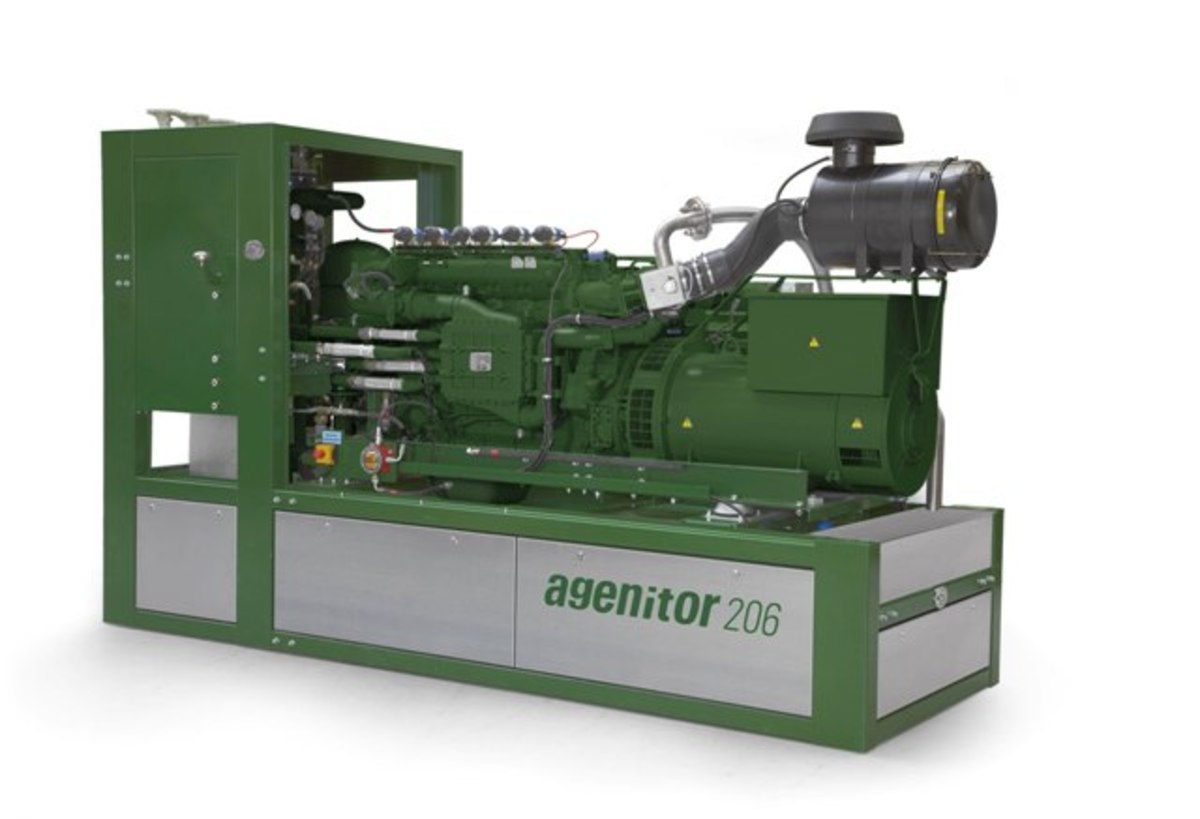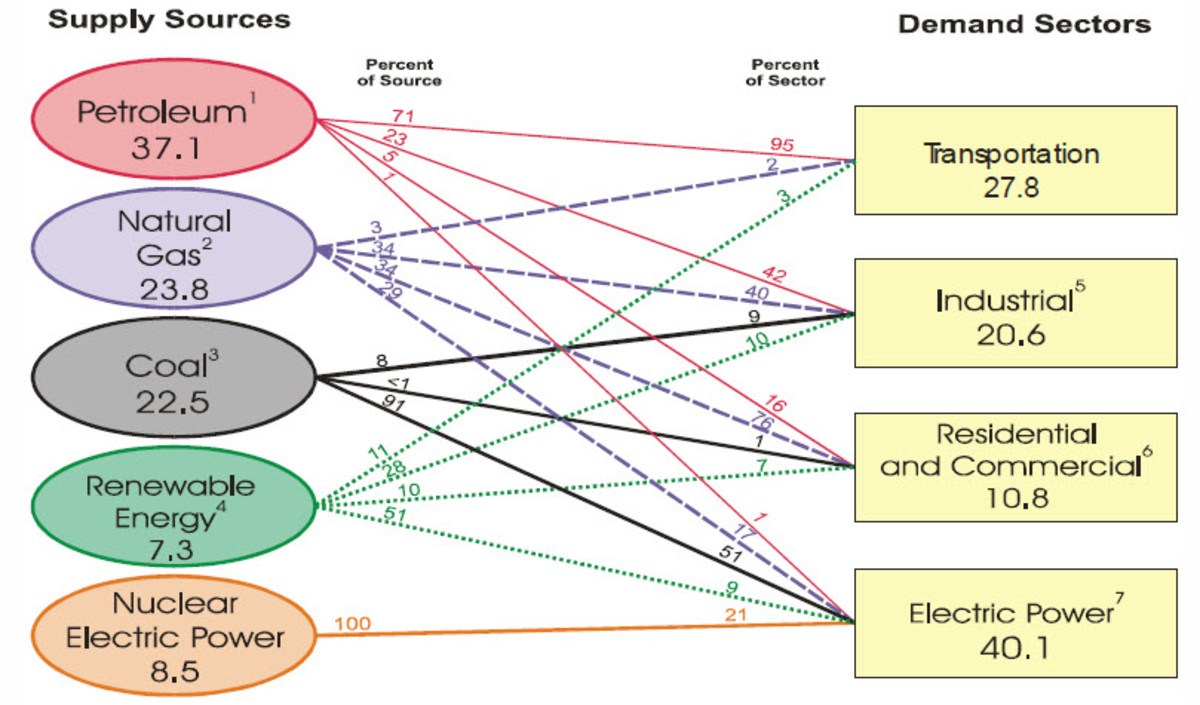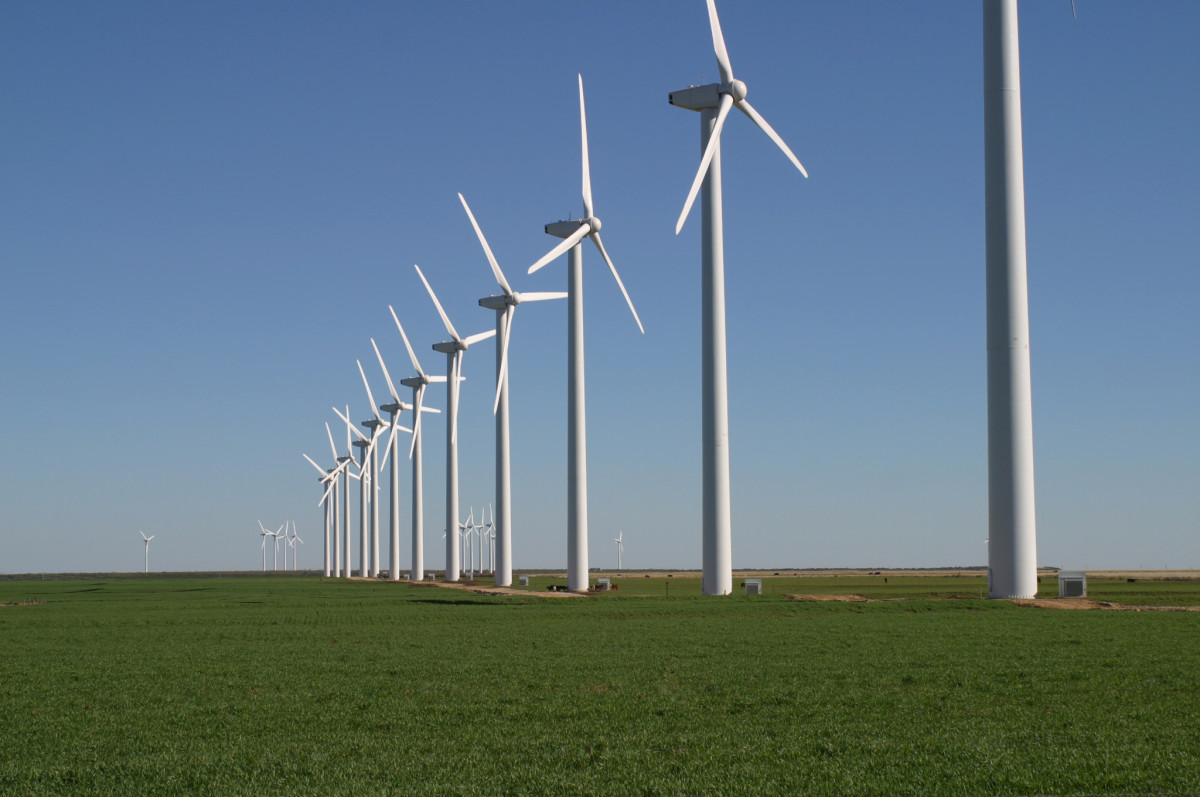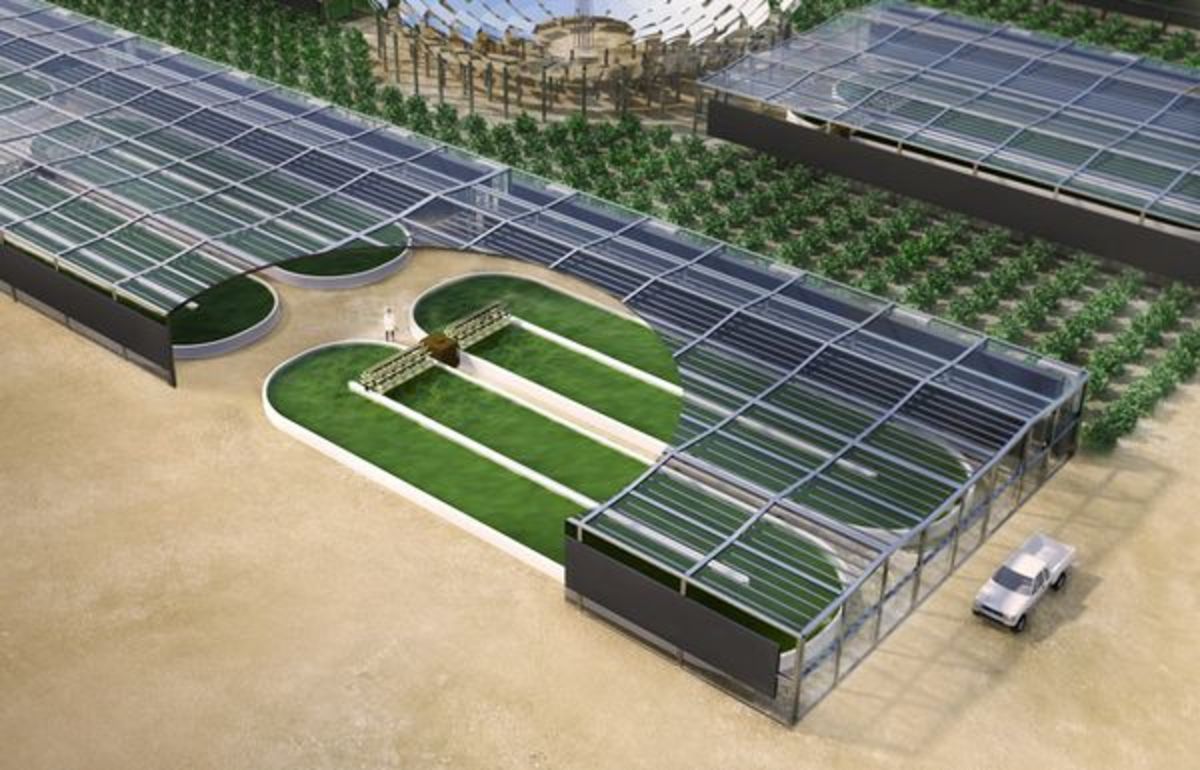Vertical Wind Generator
One of the greatest technological advancement in renewable wind energy is the increasing use of a vertical wind generator as an alternative to the classic propeller model. The coming decades will see some of the biggest structural changes to not only America's energy grid, but the way the entire world approaches renewable energy. Limitations in space and attempts to bring wind energy costs inline with more mainstream coal and nuclear energy are battles that are currently being faced. A vertical wind generator is increasingly becoming a popular choice for both residential and commercial applications for the many people behind the scenes working to change the way the world looks at green energy.
Benefits of a vertical wind generator
The use of a vertical axis wind turbine has increased primarily due to the following reasons: size, output, and construction and maintenance costs. Each of these areas give the vertical windmill a distinct advantage over the horizontally mounted type. Again, any opportunity to decrease cost and improve efficiency will mean cheaper energy and more widespread acceptance.
A vertical wind turbine occupies a far smaller footprint than the traditional model. With a horizontal model longer blades mean more efficiency, but this increases cost by demanding a taller tower and a wider clearance on the sides. The vertically mounted windmill can have very long blades, but still have the same circumference as other models. The mounting tower will need to be taller, but unlike the horizontal model this cost increase is negligible.In densely populated urban areas the need for a compact residential wind turbine is obvious. The giant wind farms that are being constructed in the Midwest and off the coast of New England are not practical for many areas. This smaller size gives the vertical wind generator a significant edge over a horizontal turbine.
The output of any windmill is of concern since power is only generated when the wind is blowing. The vertical turbine is more efficient in keeping a steady output because its tall, vertical blades can capture the wind from any direction. Crosswinds greatly hamper a horizontal model, but the vertical model can keep on spinning. This is great for areas with unpredictable weather patterns or unstable wind flows. This multi-directional wind usage means that the vertical wind generator can be placed at lower heights as well. An obstruction blocking one direction still leaves it open to receive wind from other angles. Placement does not have to be as particular.
Construction and maintenance of a vertical axis wind turbine is far less than a horizontal model. The vertical axis means the rotational forces are directed downward to the base where the actual generator and equipment are housed. Because the heavy machinery is at the bottom, the tower does not have to be as robust. This also means that maintenance is far easier since work can be done safely and quickly at lower heights. The high rig workers who scale the hundreds of feet up a horizontal windmill to fix something risk life and limb in a very dangerous job. The fact that the towers can be shorter and placed closer to the end user means less costly infrastructure, too. Shipping power across transmission lines from state to state is troublesome for many reasons. The vertical turbines allow for less wiring and transmission costs than the horizontal models.
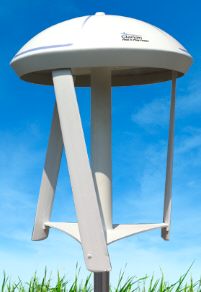
The Future of Wind Power
Large wind farms will continue to dominate the energy plan for wind, but expect increasingly to see more and more home wind generators. These will be led by compact vertical units. Models like the Jellyfish which plugs directly into any outlet are capturing the imagination of anyone interested in supplementing residential power with a renewable resource. Residential units can be used in conjunction with solar panels to increase the homeowner's ability to greatly lower their usage of the external power grid. The cost for these vertical generators is dropping and many areas will begin encouraging more usage of wind power by granting tax incentives or other monetary compensation. A vertical wind generator may one day be as commonplace as the television aerials that once dotted the landscape.


